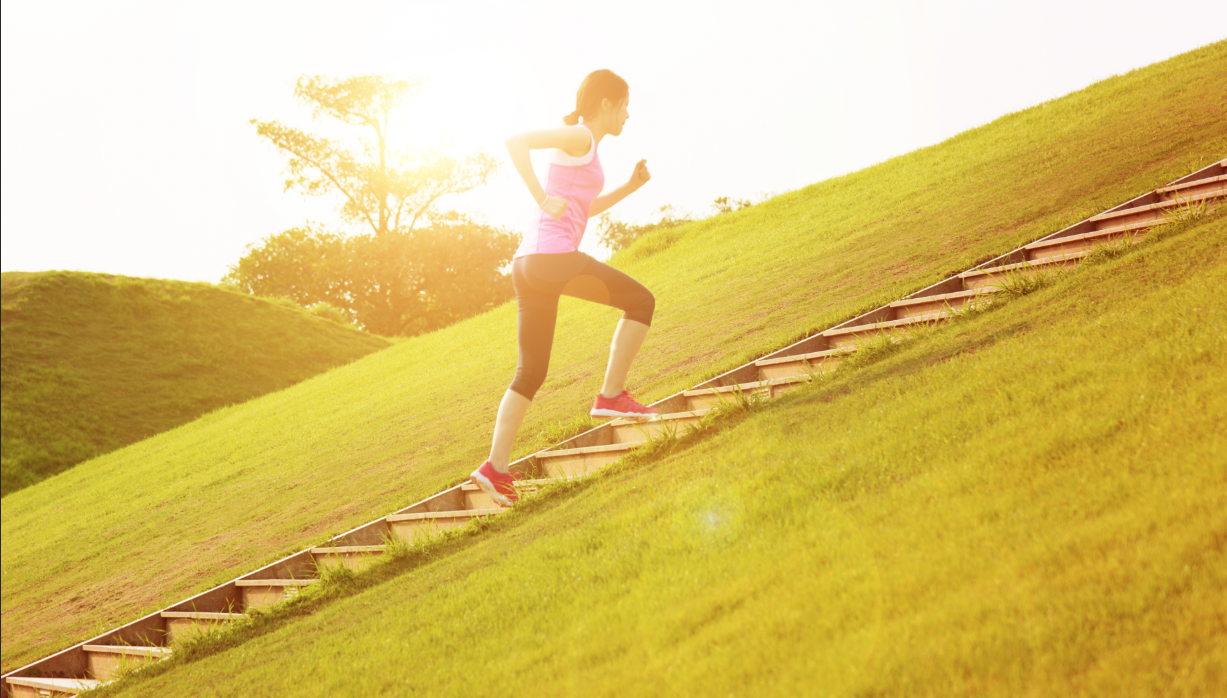
Cue DJ Jazzy Jeff and the Fresh Prince because it is summer time—FINALLY! This is the time of year when we get to enjoy more sun and more fun, and smiles and laughter are abundant.
With the energy level rising as the temperature rises, we tend to look for new and fun ways to challenge ourselves somehow in our lives: decluttering the house (a must, by the way), updating the landscape, spending more time with the kids, or taking on some kind of physical challenge to help keep you moving forward.
Tons of events are popping up all around with the arrival of the nice weather, designed to challenge any and all fitness levels. Finding the physical challenge that is right for you is a fantastic way to spice up your current fitness routine and challenge your limits, perceived or actual.
Besides some of the obvious physical benefits from creating and completing a fitness challenge, such as improved body composition and an increase in strength and endurance, accepting a fitness challenge can provide so much more. Here are just a few.
Inspires You to Return to Your Drive Toward Excellence
It can be easy to lose some fire over the course of a long year. Even the most committed fitness enthusiast (yours truly included) can be unable to find the drive sometimes to stay vigilant in striving to improve. Taking on a new challenge can provide the spark that will reenergize your commitment to excellence.
Establishes a Timeline
One important characteristic of a well-stated goal is to have an established timeline to reach it. Without a specific date for completion, it is not a goal; it is a dream. If the challenge is on a certain date, and you have 6 weeks to train for it, you have yourself a well-defined timeline. This will not only allow you to complete your current challenge, but also hammers home this important concept of a timeline for future goals.
Incorporates New Movements and Modes of Training
If you are planning on taking on a challenge that you have never done before, there’s a very good possibility that you will have to perform brand new movements and adopt a new training idea. This could be just what your body and mind need to push your limits to create new ones.
Creates Powerful Personal Bonds with Fellow Athletes
The power of working with a group of likeminded individuals is colossal and life changing. When you take on a challenge together, the relationship that will be formed is long lasting and built on mutual respect. I have seen countless strangers join together to complete an event or training program, only to become the best of friends and continue to work toward improvement.
This blog was written by Tony Maloney, Health Fitness Specialist and Fitness Center Manager. To find out more about the NIFS bloggers, click here.


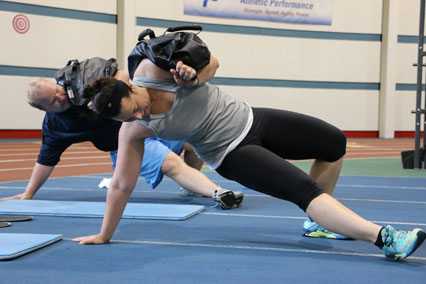 When you think of the term “economy,” what is the first thing that comes to mind? Money would probably be number one, and maybe government and the idea of debt would more than likely come to mind next. There is another economy that should be as well known, and that is your training economy. Simply put, your training economy is the rate of return that you get from the methods and practices of your current training program.
When you think of the term “economy,” what is the first thing that comes to mind? Money would probably be number one, and maybe government and the idea of debt would more than likely come to mind next. There is another economy that should be as well known, and that is your training economy. Simply put, your training economy is the rate of return that you get from the methods and practices of your current training program. 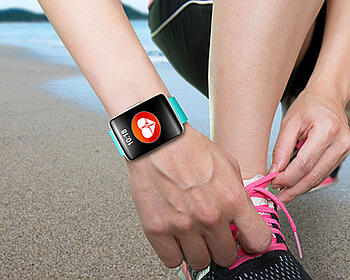 There are several different ways that you can train. Common training methods are interval training, total time and sets/reps, but heart rate training is
There are several different ways that you can train. Common training methods are interval training, total time and sets/reps, but heart rate training is 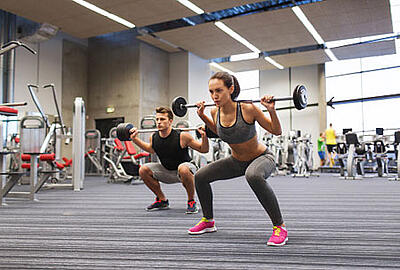 An athlete’s
An athlete’s 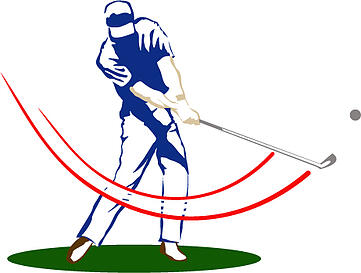 No, I’m not going to fix your slice or tell you how to hit out of a bunker (I still can’t fix that myself). What I’m going to do is give you a few fitness tips that could potentially help add some yards off the tee or with long iron shots.
No, I’m not going to fix your slice or tell you how to hit out of a bunker (I still can’t fix that myself). What I’m going to do is give you a few fitness tips that could potentially help add some yards off the tee or with long iron shots.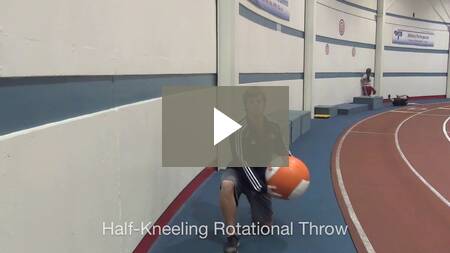

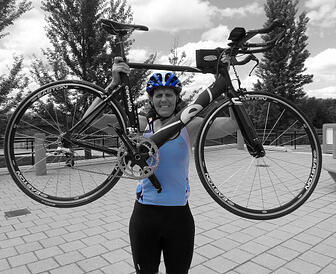 triathlon. When you finished your first race and looked at the breakdown of the times for each event, you probably noticed the T1 and T2 times. T1 is the time it took you to go from swimming to the bike, and T2 is the time it took you to go from the bike to the run. Like the swimming, biking, and running training, the transitions should be trained as well. But don’t think you need to spend hours perfecting getting from one event to the next. A good transition can simply be added to the other brick training sessions.
triathlon. When you finished your first race and looked at the breakdown of the times for each event, you probably noticed the T1 and T2 times. T1 is the time it took you to go from swimming to the bike, and T2 is the time it took you to go from the bike to the run. Like the swimming, biking, and running training, the transitions should be trained as well. But don’t think you need to spend hours perfecting getting from one event to the next. A good transition can simply be added to the other brick training sessions.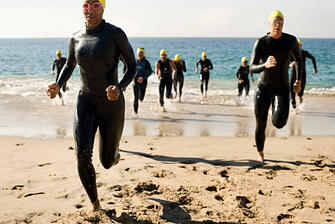
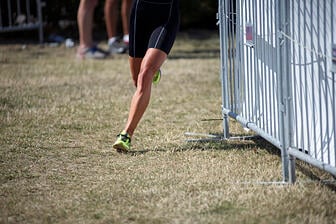
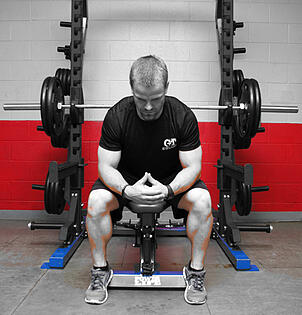
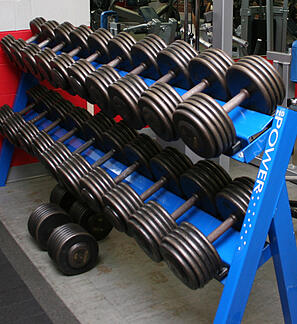
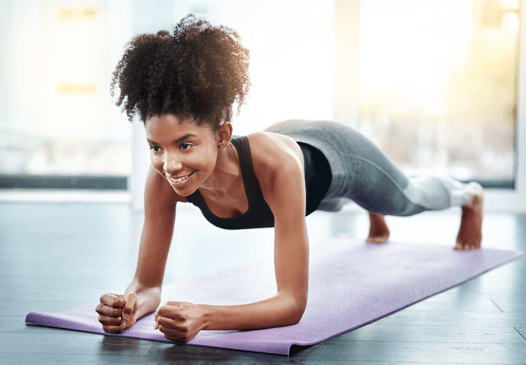 Runners are generally good at doing the same thing over and over again, day in and day out: RUNNING! Oftentimes they will neglect doing some of the components of what runners refer to as “the little things” that pay huge dividends in overall performance and how you feel while running. The little things include sleeping enough, eating right, staying hydrated, maintaining flexibility, and core strength, and the list goes on. When there is limited time in the day to get in a quality run, the thought of cutting a run one or two miles short to do core and flexibility work is often quickly neglected.
Runners are generally good at doing the same thing over and over again, day in and day out: RUNNING! Oftentimes they will neglect doing some of the components of what runners refer to as “the little things” that pay huge dividends in overall performance and how you feel while running. The little things include sleeping enough, eating right, staying hydrated, maintaining flexibility, and core strength, and the list goes on. When there is limited time in the day to get in a quality run, the thought of cutting a run one or two miles short to do core and flexibility work is often quickly neglected.
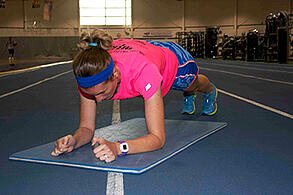
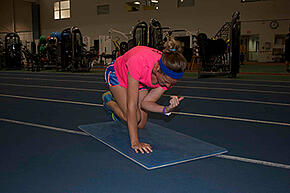
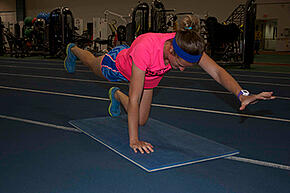
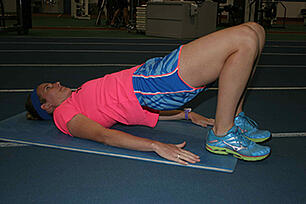
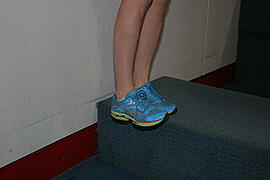
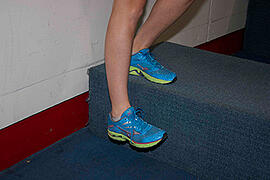
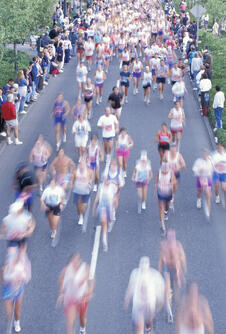
 If you said yes to all of these questions, it is pretty safe to say you are ready to get started on a marathon training program! If you answered a few with “no,” no worries. A marathon is still not too far out of reach. Just address the obstacles that you have and work toward resolving those!
If you said yes to all of these questions, it is pretty safe to say you are ready to get started on a marathon training program! If you answered a few with “no,” no worries. A marathon is still not too far out of reach. Just address the obstacles that you have and work toward resolving those!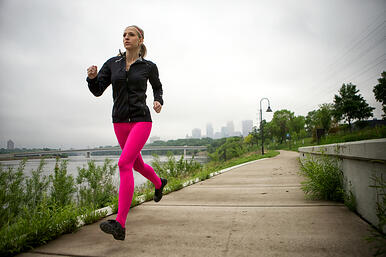 a hefty task. If this is your first time training for a half marathon, and the thought of running 10-plus miles seems a bit daunting, you are not alone.
a hefty task. If this is your first time training for a half marathon, and the thought of running 10-plus miles seems a bit daunting, you are not alone. Sometimes when I am running by myself, a little voice inside my head starts to doubt that I can finish the long run I set out to complete. When I bring a friend along with me, she encourages me the entire way…even if she doesn't know it! Sometimes, just knowing someone else is running with me really helps me push through.
Sometimes when I am running by myself, a little voice inside my head starts to doubt that I can finish the long run I set out to complete. When I bring a friend along with me, she encourages me the entire way…even if she doesn't know it! Sometimes, just knowing someone else is running with me really helps me push through.